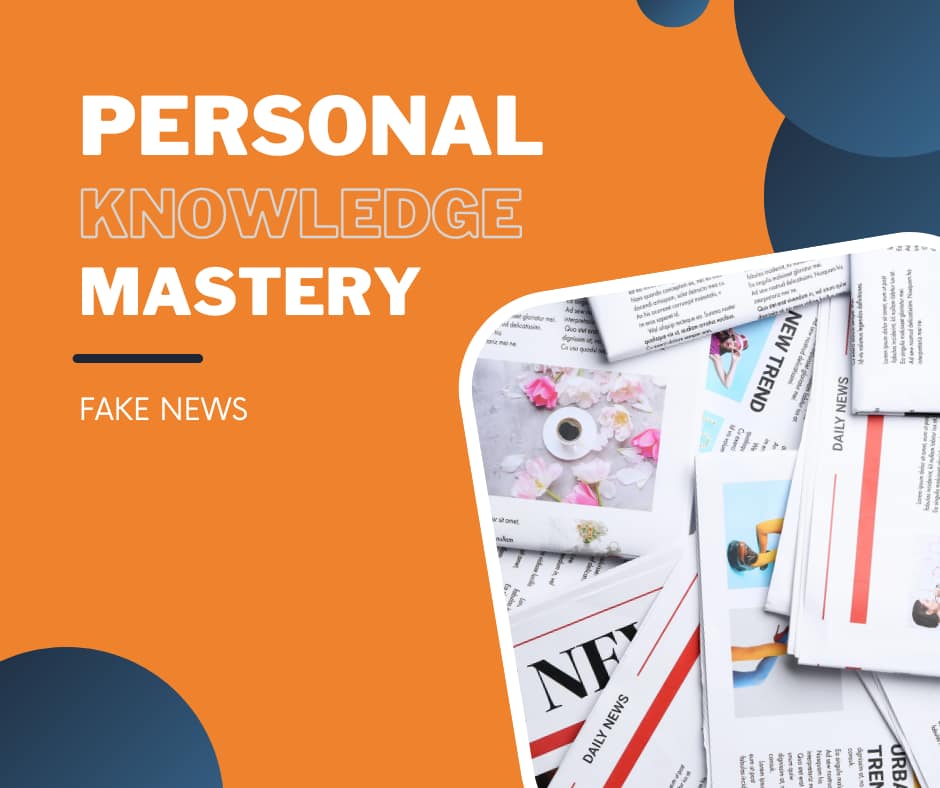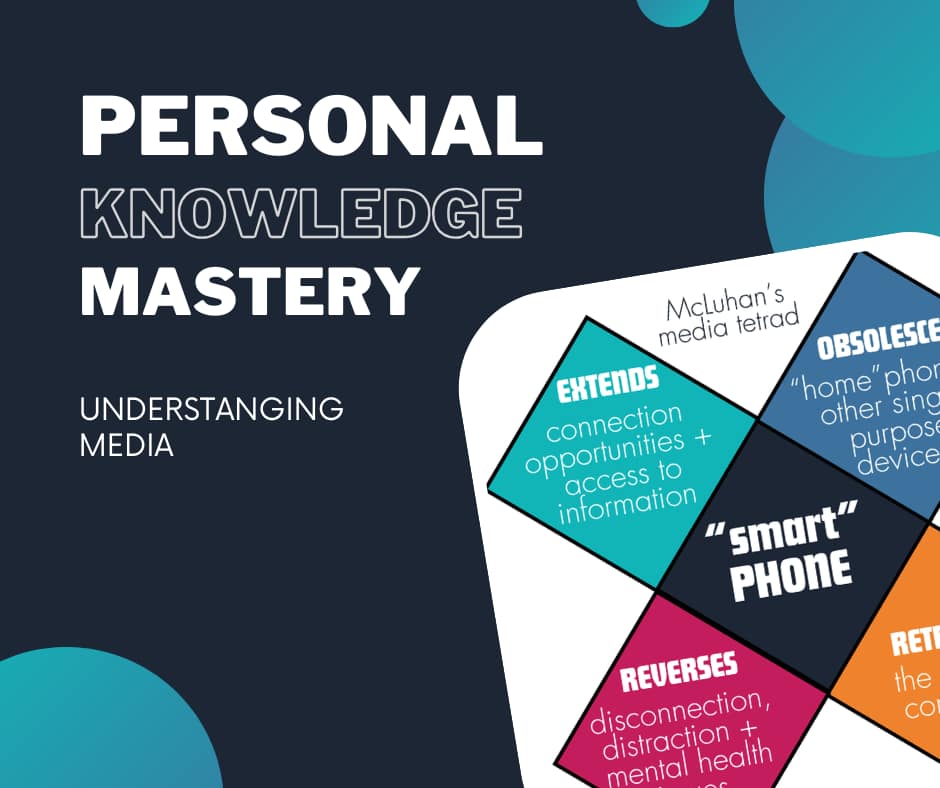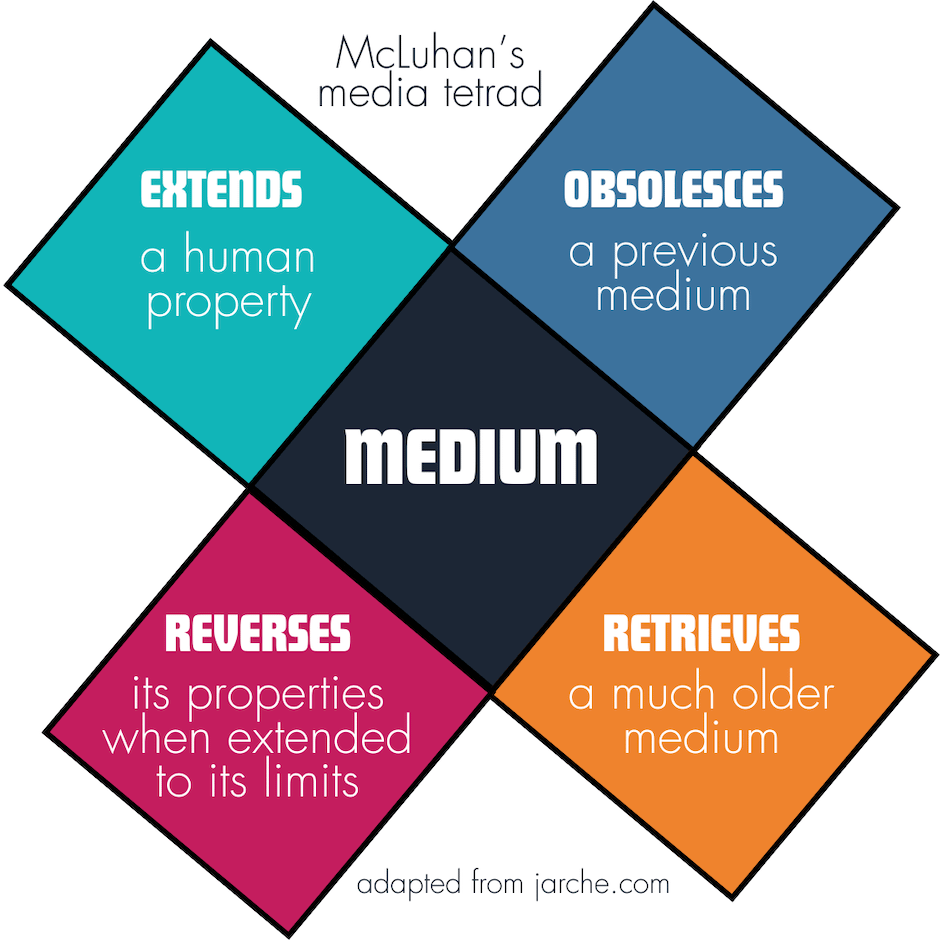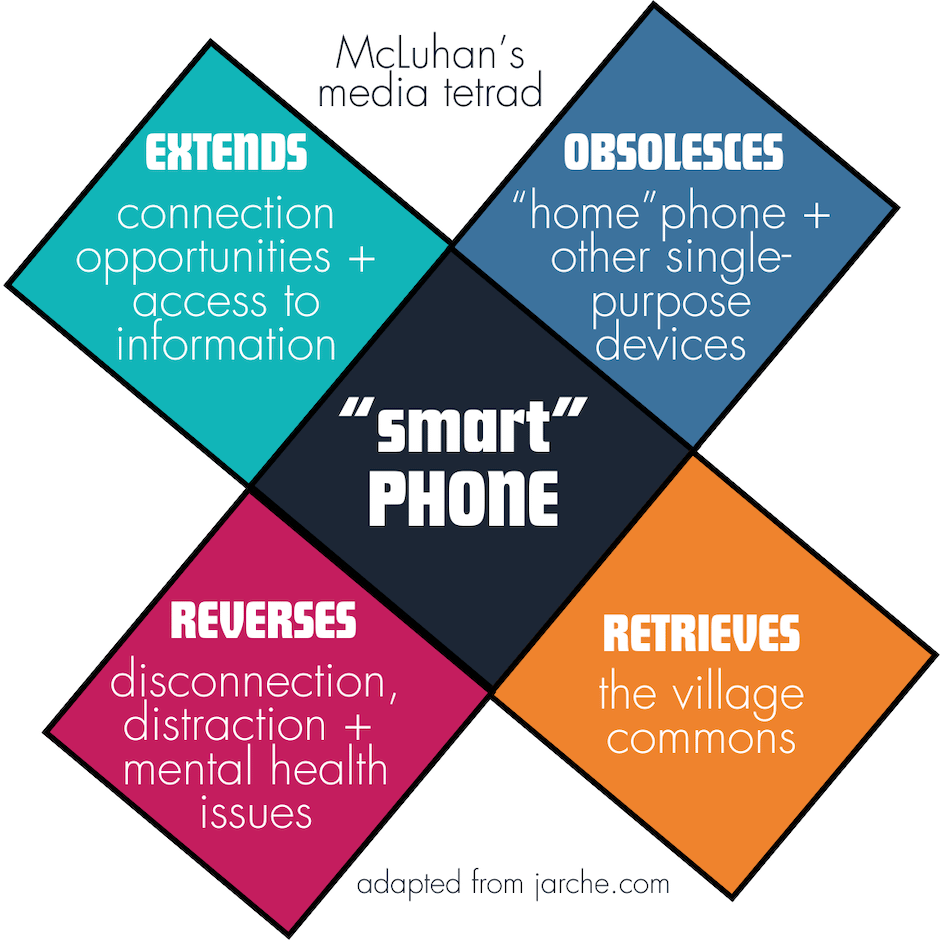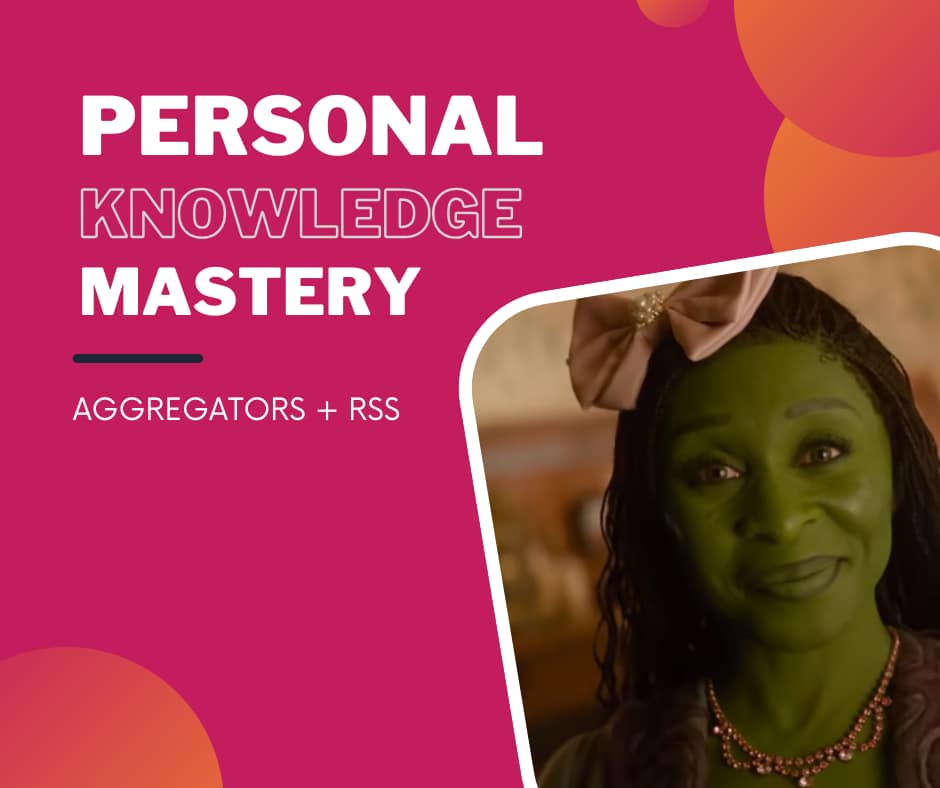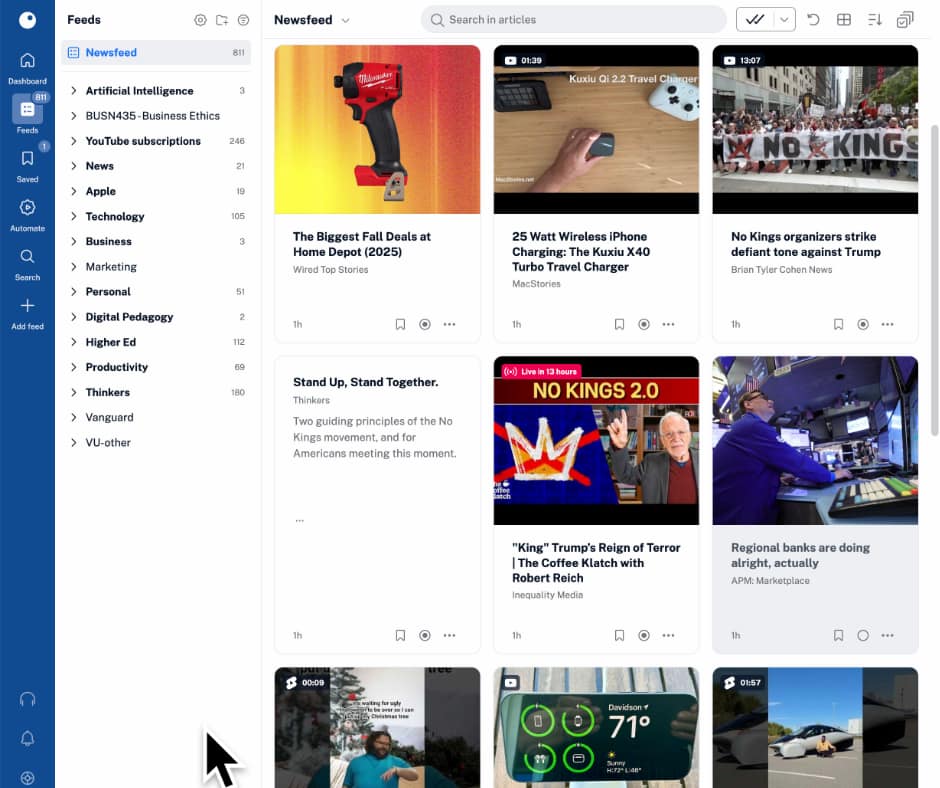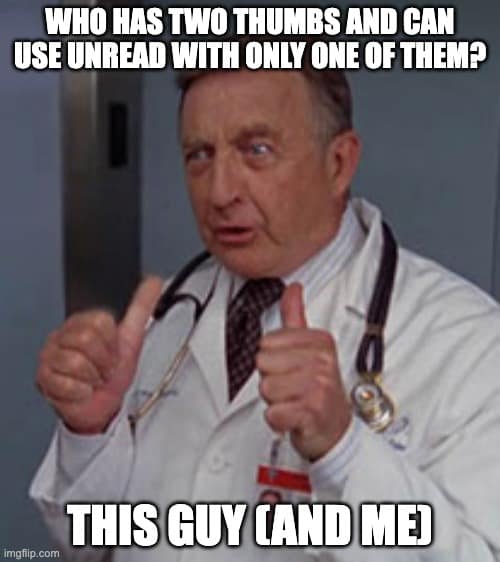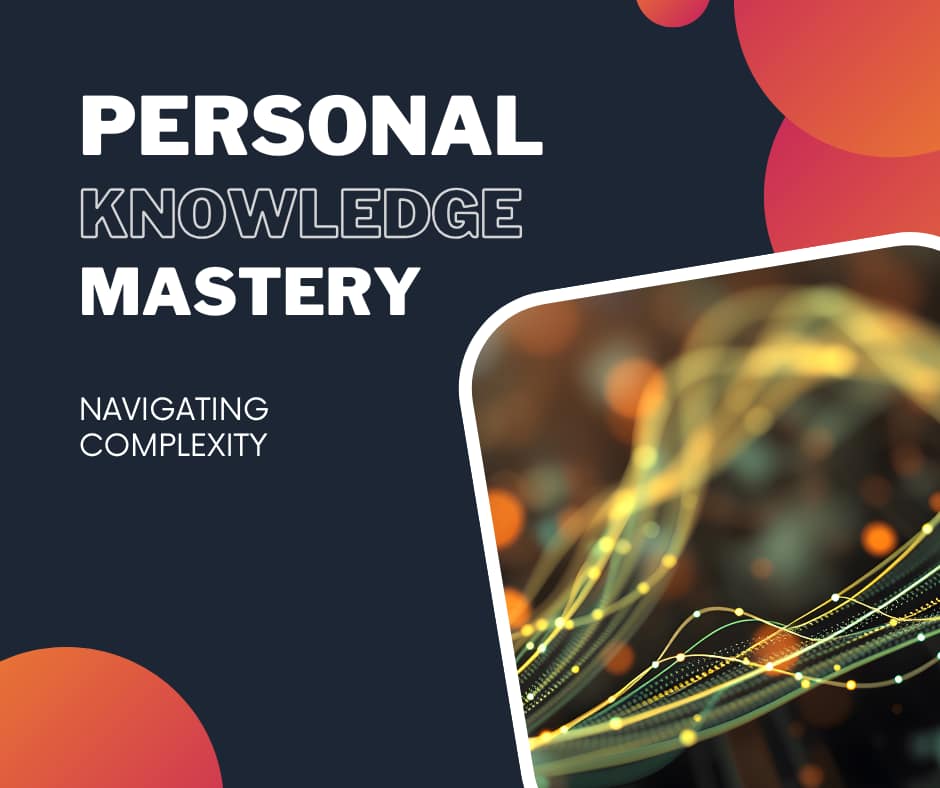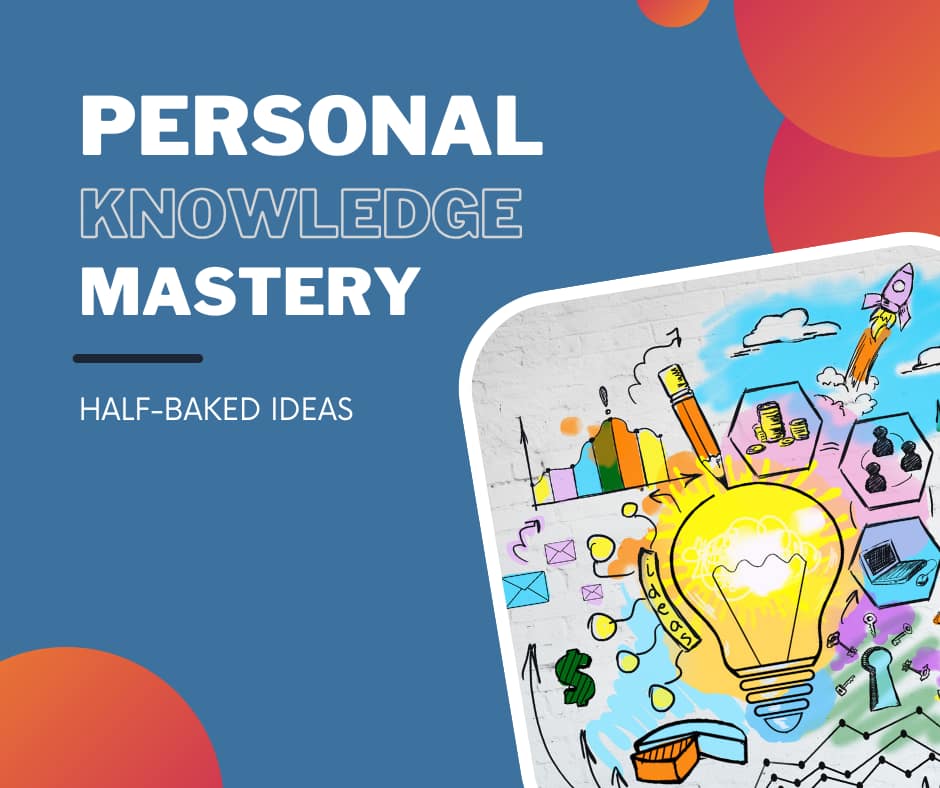
This post is one of many, related to my participation in Harold Jarche's Personal Knowledge Mastery workshop.
Making Sense through Sensemaking
Sensemaking is an essential part of one's personal knowledge mastery, so vital that it ought to be a regular practice for any human, particularly those who desire to be taken seriously and be able to add value in workplaces, communities, and societies. Sensemaking centers on a desire to solve problems and gets fueled by curiosity.
Jarche shares that there's a whole spectrum of potential sensemaking approaches, everything from filtering information (making a list), or contributing to new information (writing a thesis). Sensemaking requires practice and vulnerability. We aren't always going to get things right the first time we come to a conclusion.
Half-Baked Ideas
In introducing the idea of “half-baked ideas,” Jarche writes:
If you don’t make sense of the world for yourself, then you’re stuck with someone else’s world view.
As I reflect on my own ability to come up with half-baked ideas, it all depends on how controversial whatever idea I might be having at the time is as to whether I'm inclined to share it in a social space. I find myself thinking about what hashtags or even words might attract people looking for an internet fight, or wanting to troll a stranger.
If a half-baked idea I might share is related to teaching and learning, I am less concerned about who may desire to publicly disagree with something, but it it is about politics, I just don't see the value in “thinking aloud,” in relation to what internet riff raff may decide to come at me, metaphorically speaking. Part of that is that I'm not an expert, while another aspect of this resistance is that I would rather do this kind of sensemaking offline. This is at least in terms of me trying out ideas about various policies, political candidates, and issues of the day.
Committing to Practice
I just launched a sensemaking practice involving books about teaching and learning. Usually, I read upwards of 95% of the authors' books that I interview for the Teaching in Higher Ed podcast. However, I would like to both find other ways to surface my own learning from all that reading, along with cultivating a set of skills to get better at video.
The series is called Between the Lines: Books that Shape Teaching and Learning and I anticipate eventually getting up to producing an average of one video per week. I won't hold myself to quite as high of expectations as I do for the podcast, since for that, I've been going strong, airing a podcast every single week since June 2014 and I don't want to have that kind of self-imposed pressure for this experimentation, skill-building, and sensemaking practice.
The first video is about how small shifts in our teaching make college more equitable and explores three key ideas from David Gooblar’s book, One Classroom at a Time: How Better Teaching Can Make College More Equitable. I hope you'll consider watching it and giving me some encouragement to keep going or suggestions for how to make them more effective.
